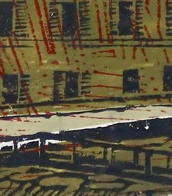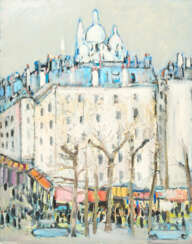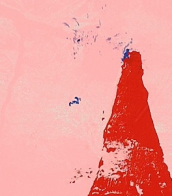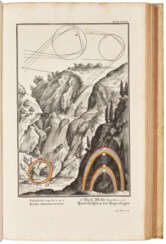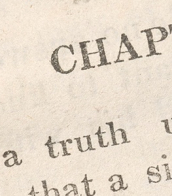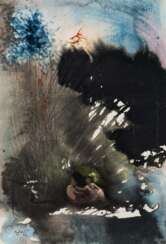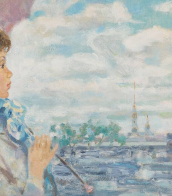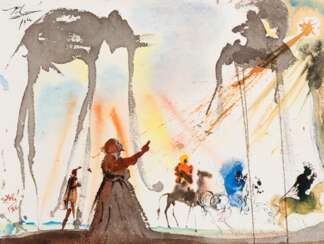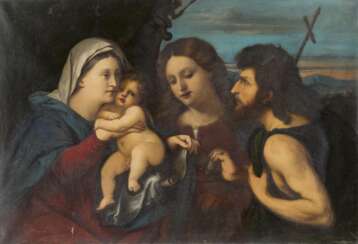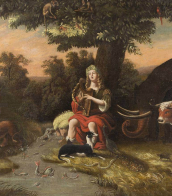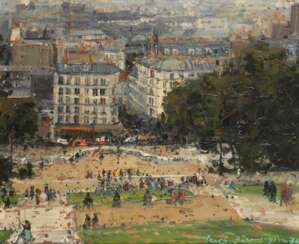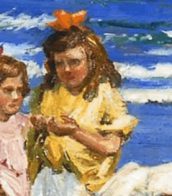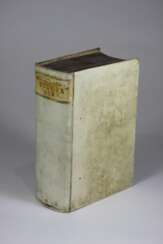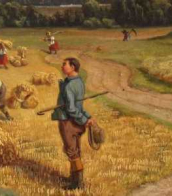sacred
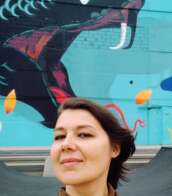

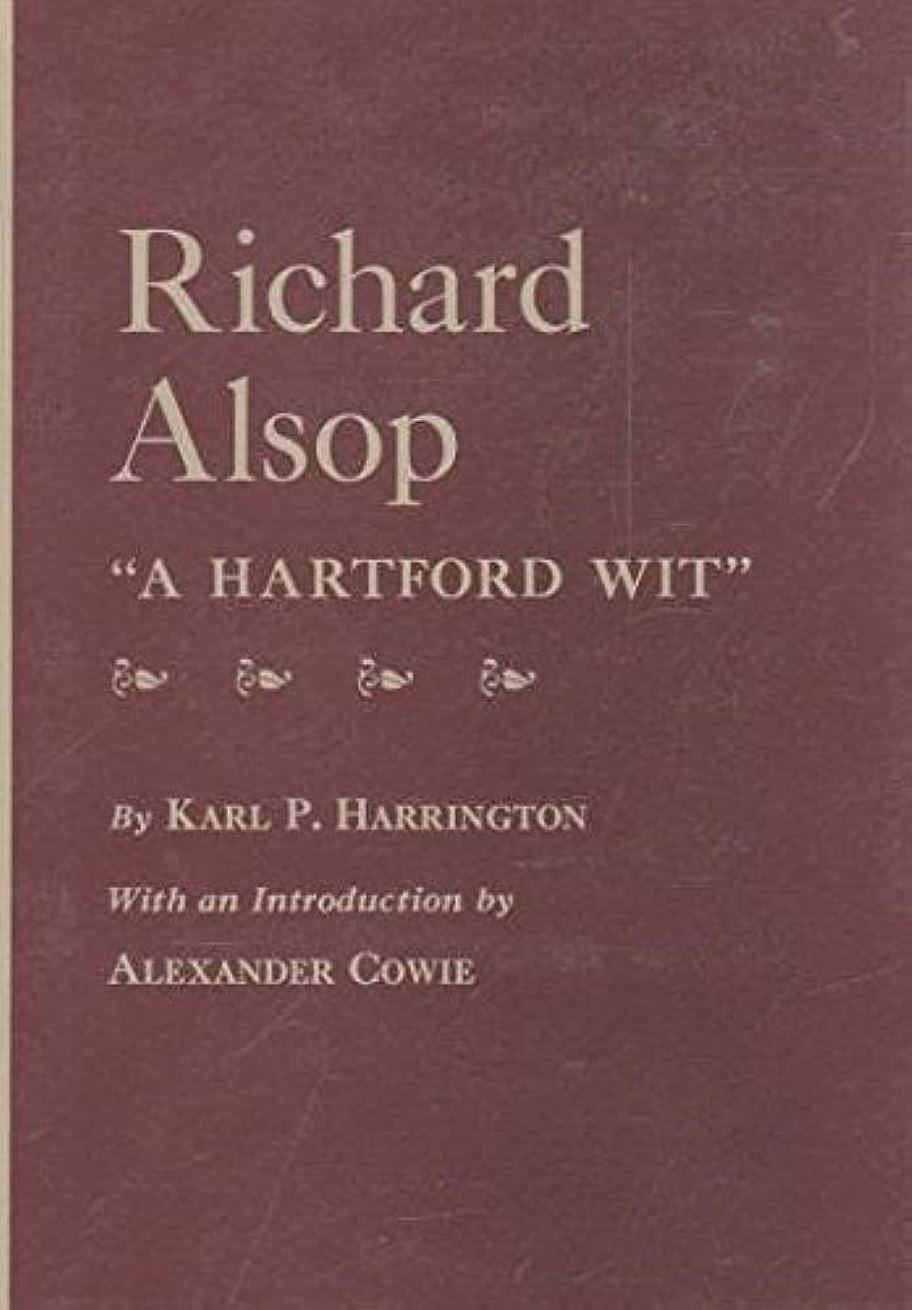
Richard Alsop was an 18th-century American writer and poet.
Alsop was one of the founders of the later famous literary group, the Hartford Witters. He wrote poetry in the journals The Political Greenhouse and The Echo, the latter soon becoming primarily concerned with satirical parodies of public speeches and articles of a political nature.
Alsop also published various translations from French and Italian.

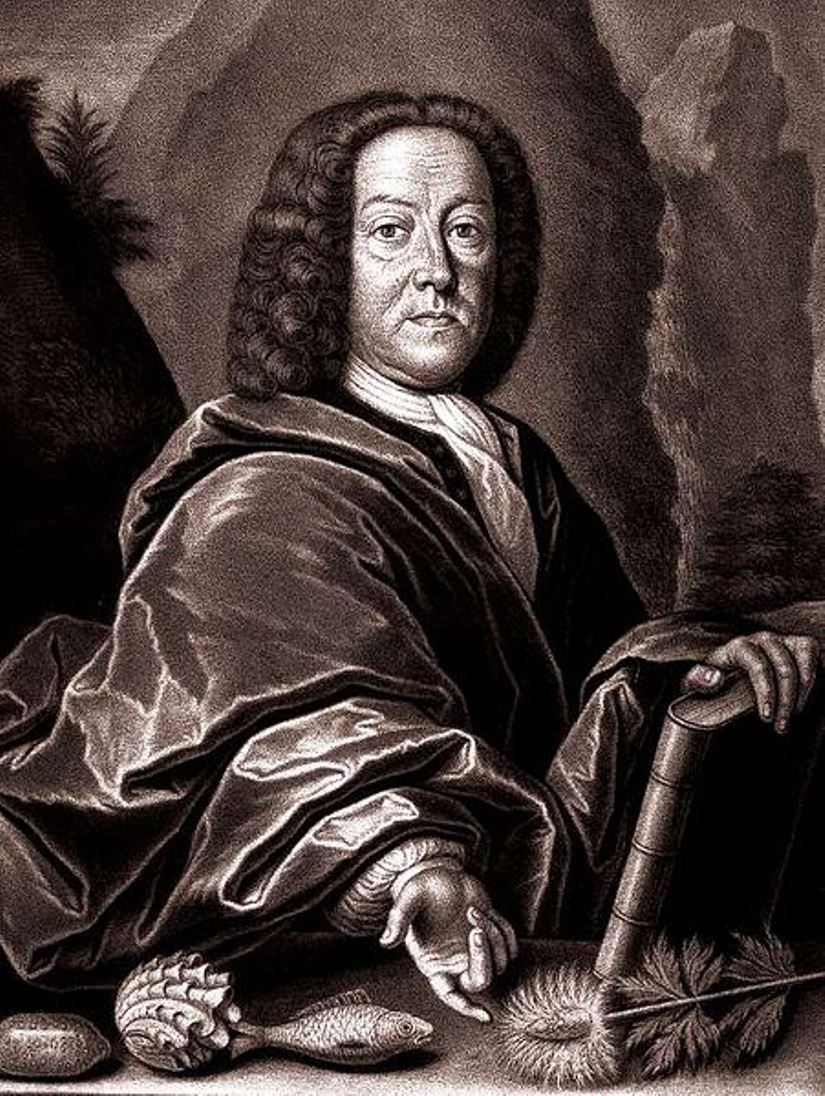
Johann Jakob Scheuchzer was a Swiss naturalist and geologist, paleontologist and fossil collector.
Scheuchzer studied at the University of Altdorf near Nuremberg, earned a doctorate in medicine at Utrecht University, and studied astronomy. He worked as a teacher, physician, and corresponded extensively with many scientists, writing several papers, including those on Swiss research, weather, geology, and fossils. Scheuchzer collected fossils during his extensive travels. And, as a proponent of diluvialism, he believed that all fossils and layers of the earth were formed by the Flood.
Between 1731 and 1735, Scheuchzer published a massive four-volume work called Physica Sacra, which is essentially a commentary on the Bible. It presented the facts of natural history along with passages of scripture. Thus Physcia Sacra attempted to reconcile the Bible with science.
This book is also called the "Copper Bible" because it contains over 750 magnificent color engravings on copper plates. These engravings are in themselves the pinnacle of engraving from the Baroque period. The illustrations depict scenes with biblical and scientific motifs. They were based on his own cabinet of natural history and other famous European cabinets of rare specimens. The engravings were produced by highly skilled engravers, including Georg Daniel Heumann and Johann August Corwin.
During his lifetime, Johann Jakob Scheuchzer wrote 34 scientific papers and many articles, and he was a member of the Royal Society.


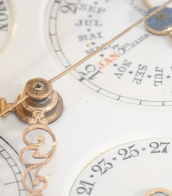
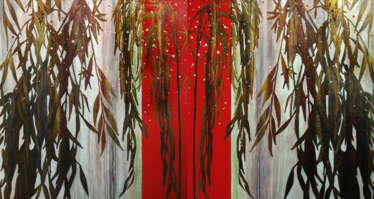

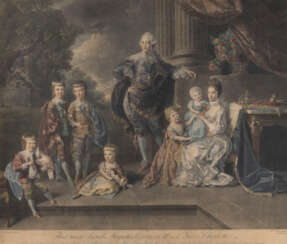


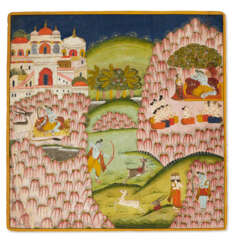

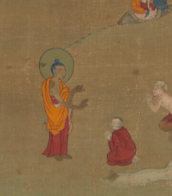
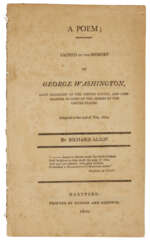

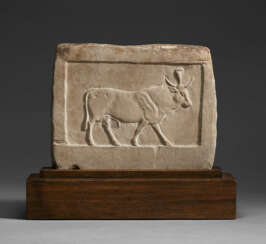

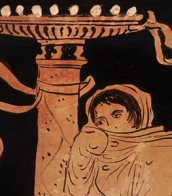
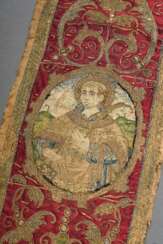

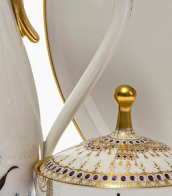


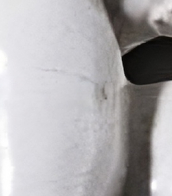


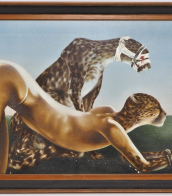
![[SACRE]](/assets/image/picture_2231718/42e69/15b333fe0c6476d66b0936e006ed28af1656540000jpg__fix_374_244.jpeg)
![[SACRE]](https://veryimportantlot.com/assets/image/picture_2231718/42e69/15b333fe0c6476d66b0936e006ed28af1656540000jpg__fix_374_244.jpeg)



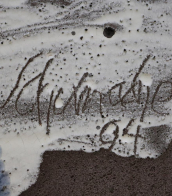


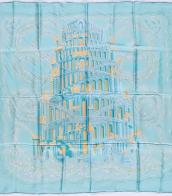
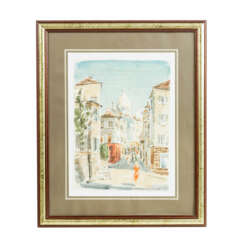

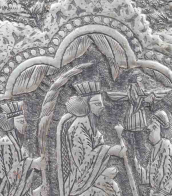


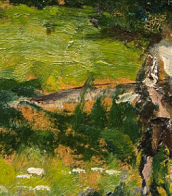


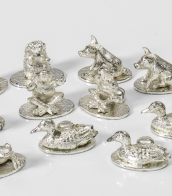
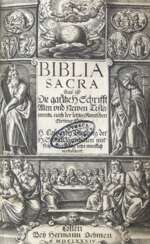

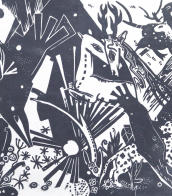
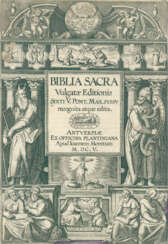

![[SACRE]](/assets/image/picture_2196340/884c2/01486c67adf6298ecd6d69d78120bb8a1654678800jpg__fix_374_244.jpeg)
![[SACRE]](https://veryimportantlot.com/assets/image/picture_2196340/884c2/01486c67adf6298ecd6d69d78120bb8a1654678800jpg__fix_374_244.jpeg)
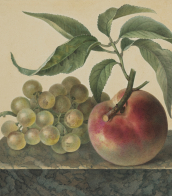
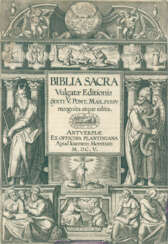

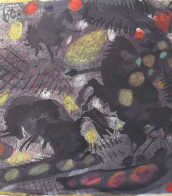


![Low Countries | Le grand théâtre profane du duché de Brabant [bound uniformly with] Le grand théâtre sacré du duché de Brabant, The Hague, 1730, 1734](/assets/image/picture_3553024/e511c/3pxzidpqncdewbfvj6izl9ztdbwxrlcszxo02ukckkfm1ip-iuwlupupyz-plx-1699092718jpg__fix_374_244.jpeg)
![Low Countries | Le grand théâtre profane du duché de Brabant [bound uniformly with] Le grand théâtre sacré du duché de Brabant, The Hague, 1730, 1734](https://veryimportantlot.com/assets/image/picture_3553024/e511c/3pxzidpqncdewbfvj6izl9ztdbwxrlcszxo02ukckkfm1ip-iuwlupupyz-plx-1699092718jpg__fix_374_244.jpeg)


